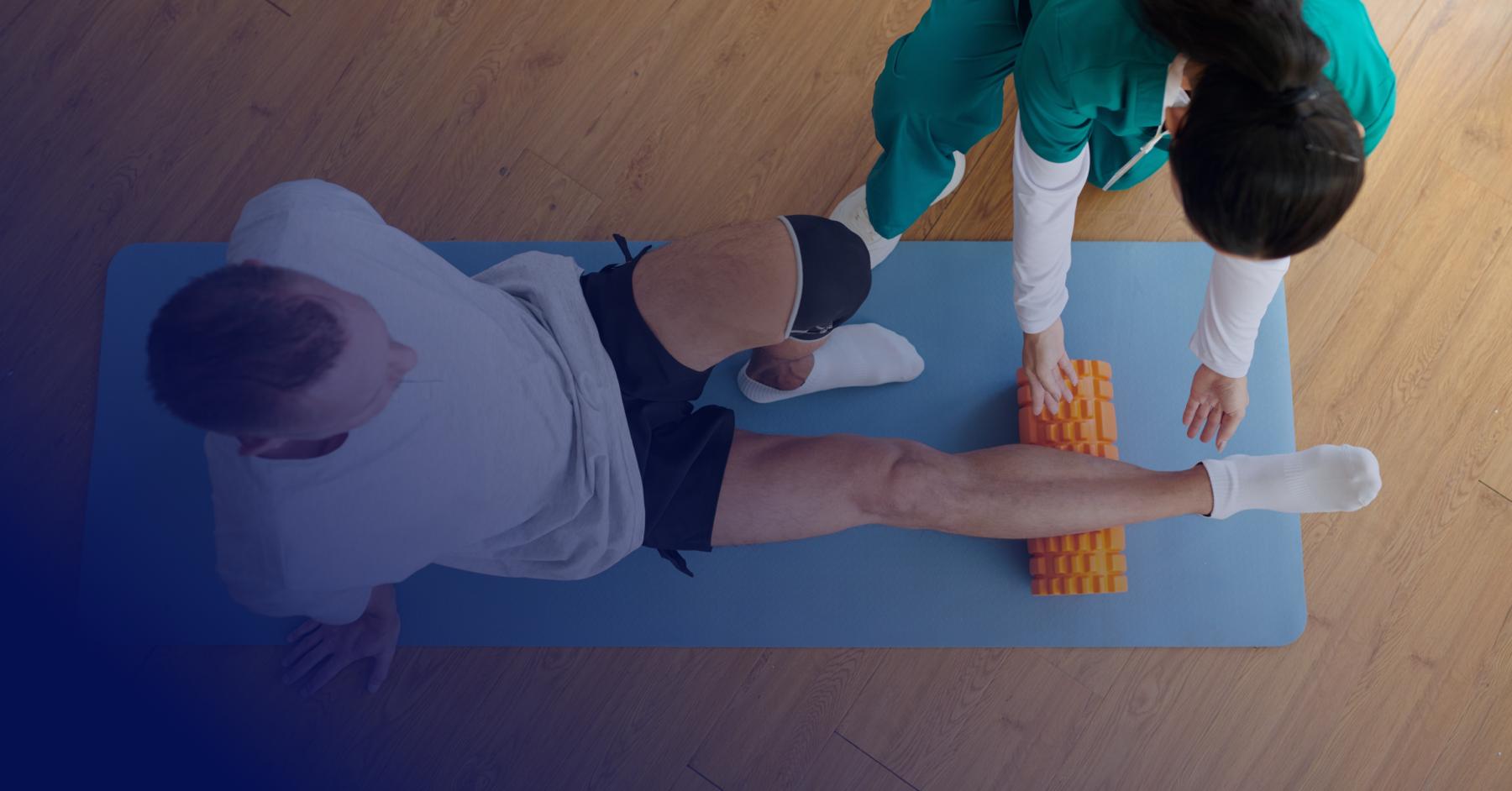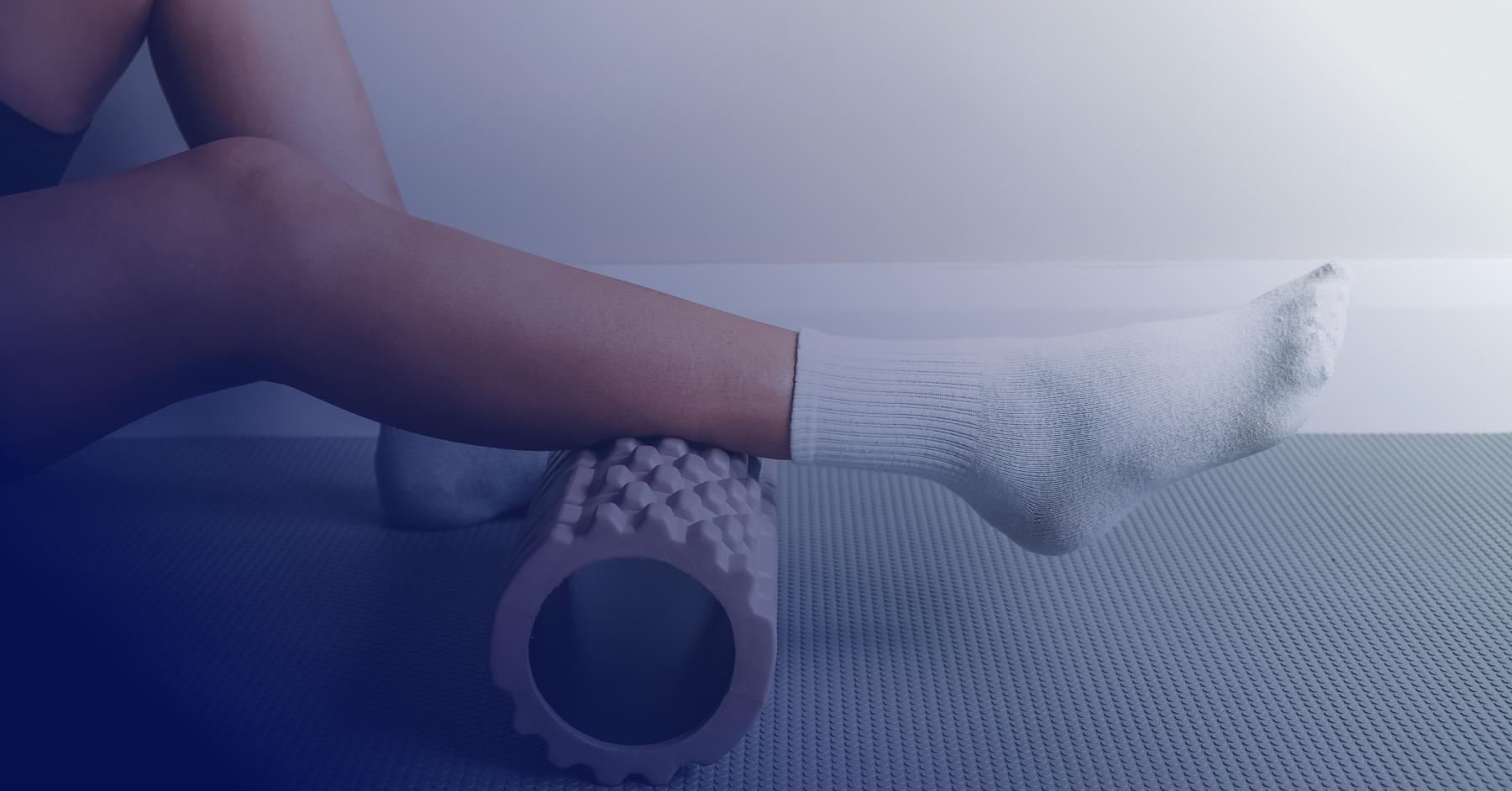Physical Therapy for Long-Distance Cyclists
Sports Medicine

Love riding your bike? Here’s why you shouldn’t skip cycling physical therapy
Remember the thrill of learning to ride a bike? The wind in your hair, the sense of freedom, and the joy of exploring — cycling quickly became more than just a childhood milestone. Whether you're cruising city streets or tackling rugged trails, riding is fun, freeing, and a great workout.
But as with any physically demanding activity, cycling comes with the risk of injury. That’s why cycling physical therapy is essential, whether you’re a weekend rider or a long-distance cyclist.
Why Cyclists Need Physical Therapy
Cycling is low-impact, but it’s also repetitive. Without proper care, repetitive movements can lead to overuse injuries. A tailored physical therapy program helps you:
- Prevent joint and muscle strain
- Improve performance and endurance
- Recover safely after an injury
If you’re among the 98 million people who ride bikes regularly, physical therapy should be part of your routine.
Common Cycling Injuries and Their Causes
Cycling injuries often stem from repetitive stress or accidents. Below are some of the most frequent issues:
Neck Pain
Long rides in a fixed position can strain neck muscles, leading to tightness and discomfort.
Knee Pain
Knee issues are especially common. One study found that nearly 21 percent of long-distance riders experienced knee pain. Common conditions include:
- Patellofemoral pain syndrome: Pain around the front of the knee due to muscle imbalances.
- Patellar tendonitis: Pain below the kneecap caused by overuse.
Low Back Pain
Poor flexibility in the hips and prolonged seated posture can lead to dull or sharp lower back pain.
Traumatic Injuries
Accidents, like falling off your bike, can result in:
- Cuts, abrasions, and bruises
- Upper body injuries, especially to the acromioclavicular (AC) joint in the shoulder, which is vulnerable during falls
Benefits of Cycling Physical Therapy
Whether you're recovering from injury or aiming to ride longer and stronger, physical therapy offers key advantages:
- Improved cardiovascular health: Cycling boosts heart and lung performance.
- Increased muscle strength: Pedaling builds power in your legs and glutes.
- Low-impact rehab: Cycling is joint-friendly, making it a safe option during rehabilitation, as long as you avoid steep hills and follow your therapist’s guidance.

Tips to Prevent Cycling Injuries
To stay healthy and safe while riding, follow these injury-prevention strategies:
Stretch before your ride
Target calves, hamstrings, quads, and glutes. Hold each stretch for at least 15 seconds.
Warm up dynamically
Move your ankles, knees, and hips in circles. Swing your arms to increase circulation and joint mobility.
Start slowly
Ease into your ride. Begin at a moderate pace and gradually build speed.
Wear proper protective gear
Always wear a helmet. Consider knee and elbow pads, ankle braces, wrist wraps, and gloves for added protection.
Make sure your bike fits you
An improperly fitted bike increases your risk of pain and injury. Check the following:
- Standover height: There should be a 1–2 inch gap between the top tube and your body when standing over the bike.
- Saddle height: Your knees should maintain a slight bend (about 10 degrees) at the bottom of each pedal stroke.
- Handlebars: Opt for a wider handlebar if you’re unsure — it helps with breathing and overall control.
Get a Head Start with Professional Support
At All Sports Physical Therapy, we help athletes — including cyclists — prevent and recover from injuries. Our team of experienced physical therapists can design a customized plan to improve your strength, flexibility, and performance on the bike.
Make an appointment today to get started on a smoother, safer ride.



